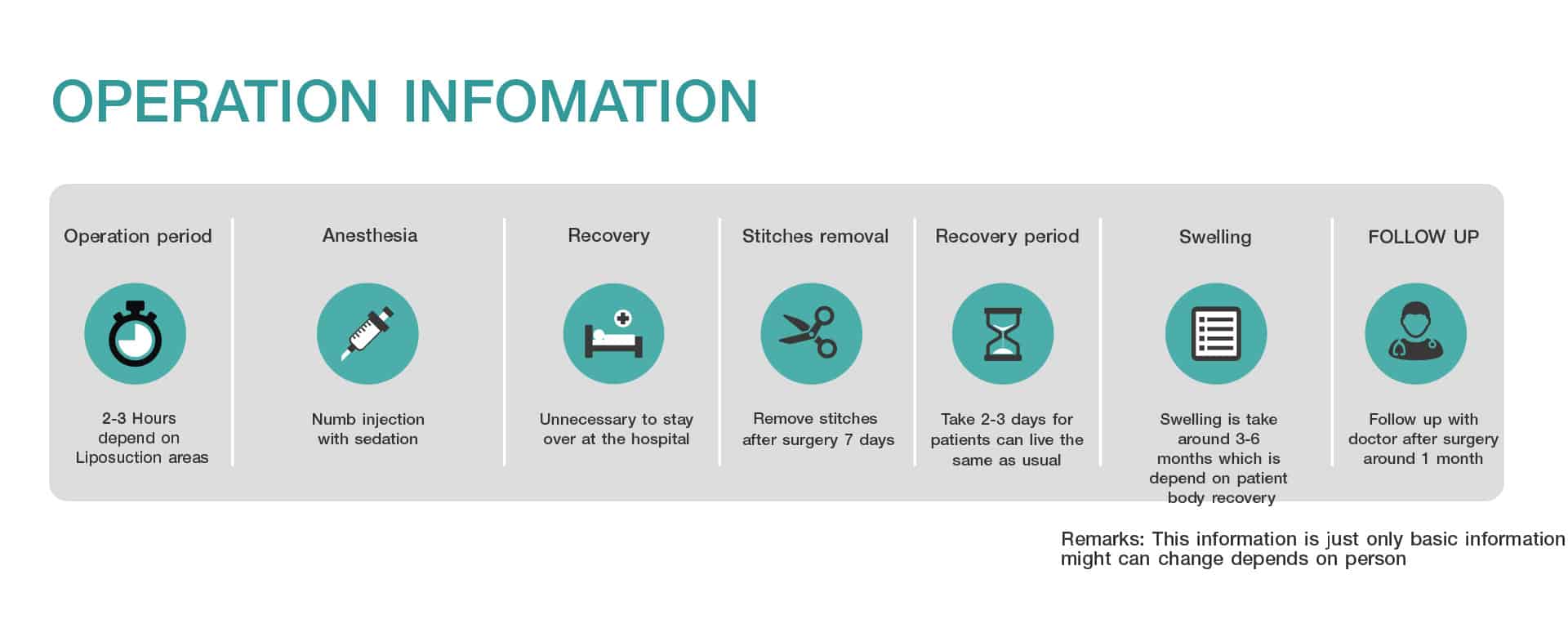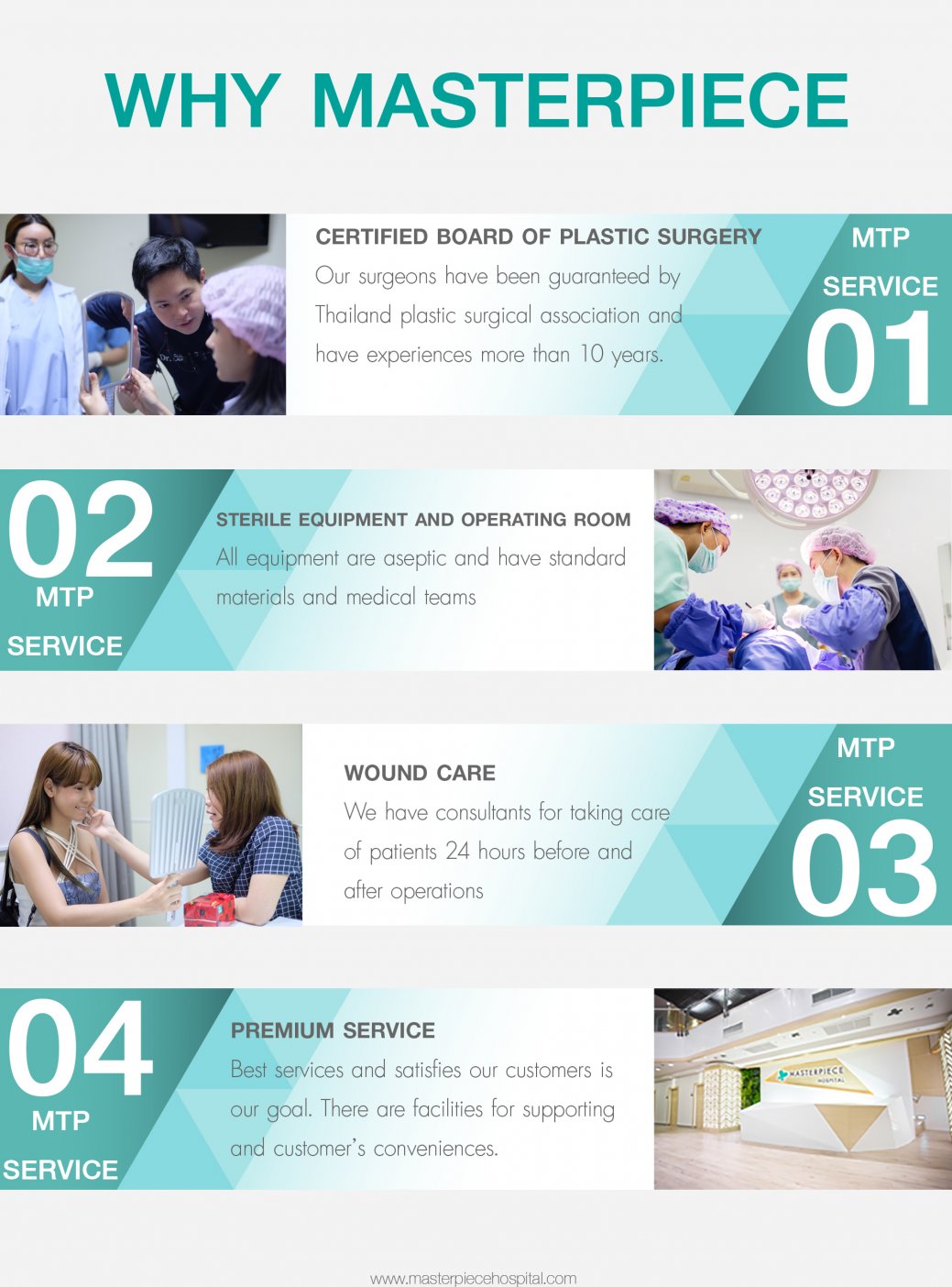Facial Vaser Liposuction
Facial liposuction has become a common cosmetic procedure, either on its own or in conjunction with facelift or other facial procedures. It consists of the removal of unwanted fatty tissue with a cannula and vacuum device promoting and improving facial shape like jaw line or even using laser lipolysis approach.
Facial Liposuction surgeon will use Vaser Liposuction machine for take the fat out that is very popular technique in USA because around facial areas is very sensitive, So surgeons need to use Vaser which highly safe with surgeons experience to be done with less of swelling and bruise.
Vaser Liposuction is working by ultrasound wave for fats dissolve in deeply fat cells with a smooth vacuum that can remove fats without leaving any of cellulite and also can dissolve with high definition for painless during the operation. Avoiding in touch with any effect areas such as veins or nerves and reduce operation period.

Vaser Lipo is effective in removing unwanted fat from the body and creating a much more toned and sculpted figure. The procedure is pain-free, involves minimal downtime and produces results that compare to traditional liposuction, which tends to be far more invasive, uncomfortable and expensive.
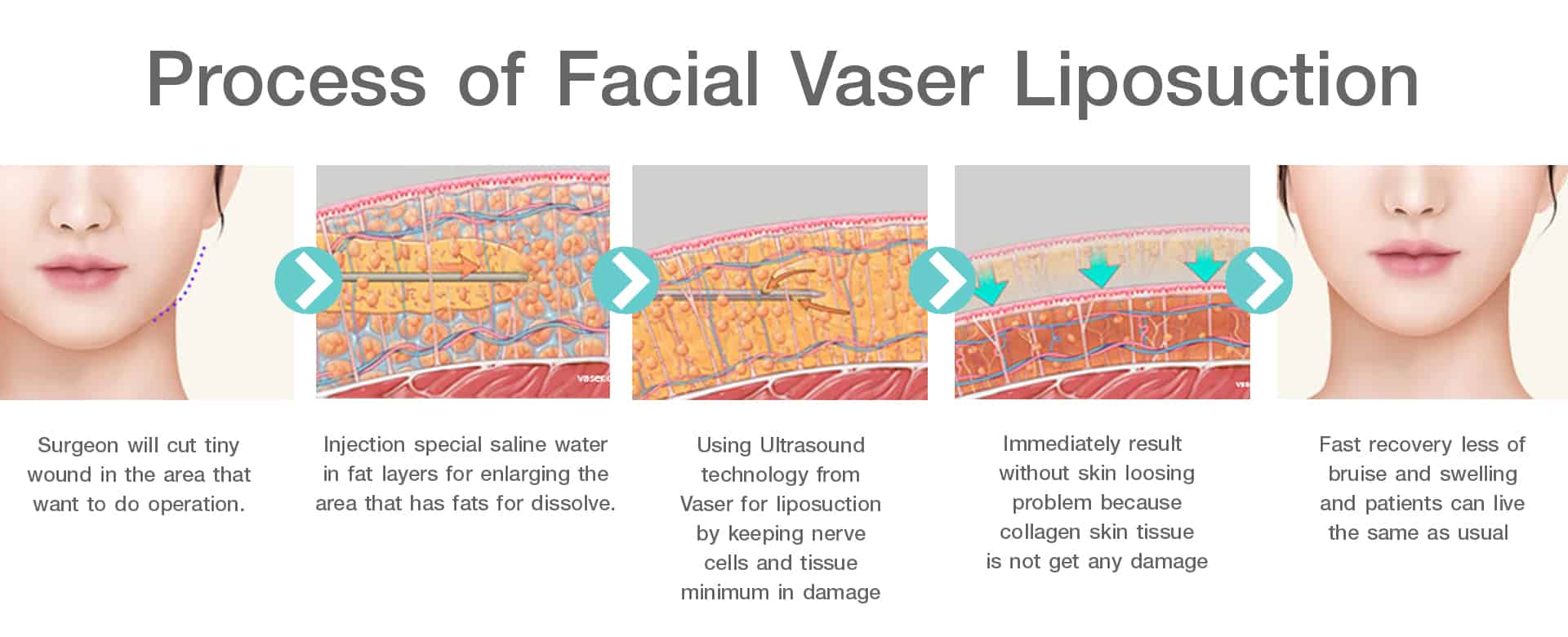
Newest Innovation Vaser Liposuction 2.2 Liposuction machine with great potential by using ultrasound wave for fats dissolve in deeply fat cells with a smooth vacuum that can remove fats without leaving any of cellulite and also can dissolve with high definition for painless during the operation. Avoiding in touch with any effect areas such as veins or nerves and reduce operation period, Moreover have fat transfer system to keep steadiness of fats for doing fat transfer
Procession of Vaser liposuction
The Vaser Lipo system works by using a small probe to deliver low level ultrasonic vibrations to targeted fatty deposits & regions. This works to liquify fatty tissue which, once emulsified, gets naturally excreted by the body and also removed by purpose-designed aspiration cannulae.
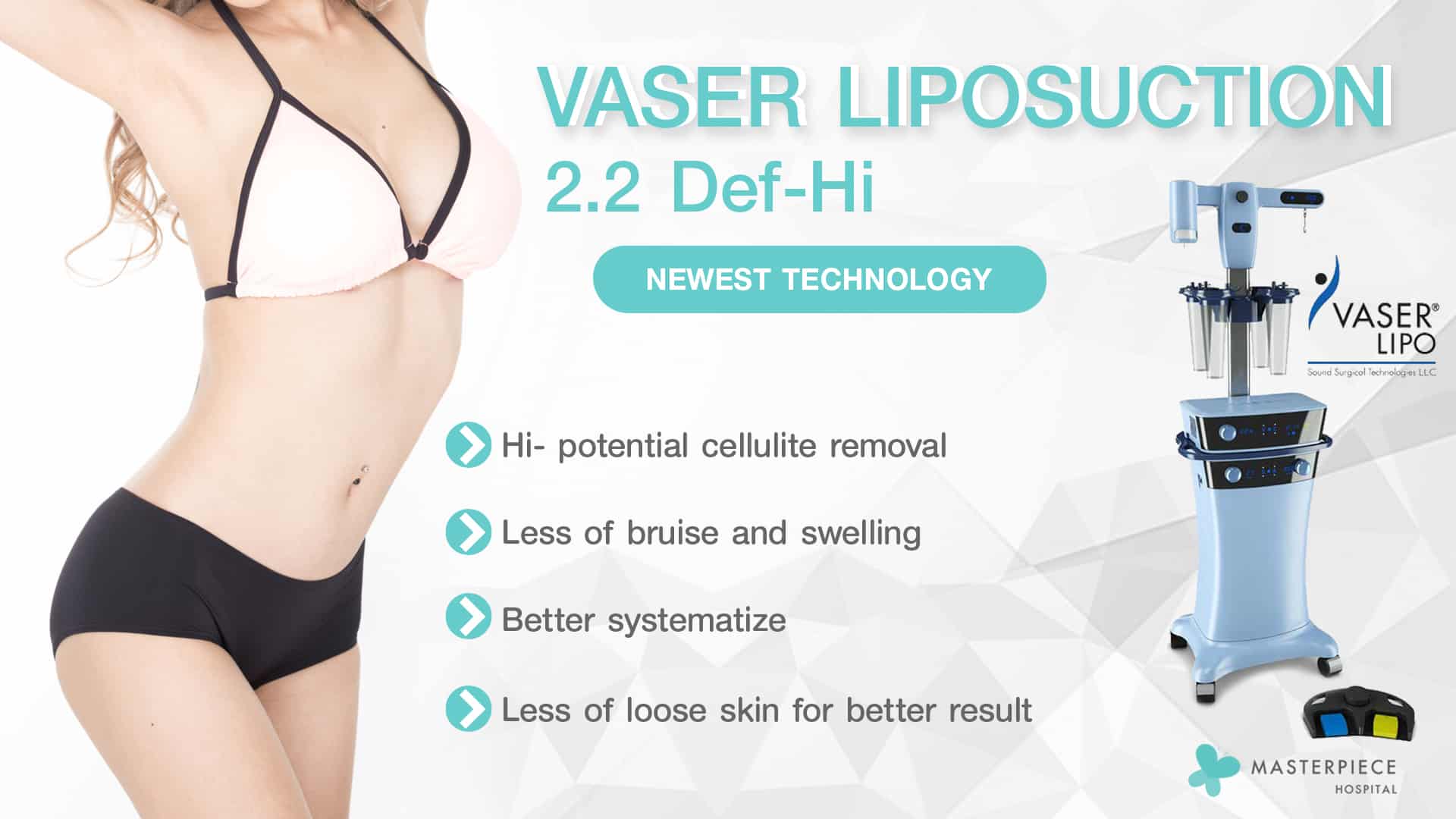
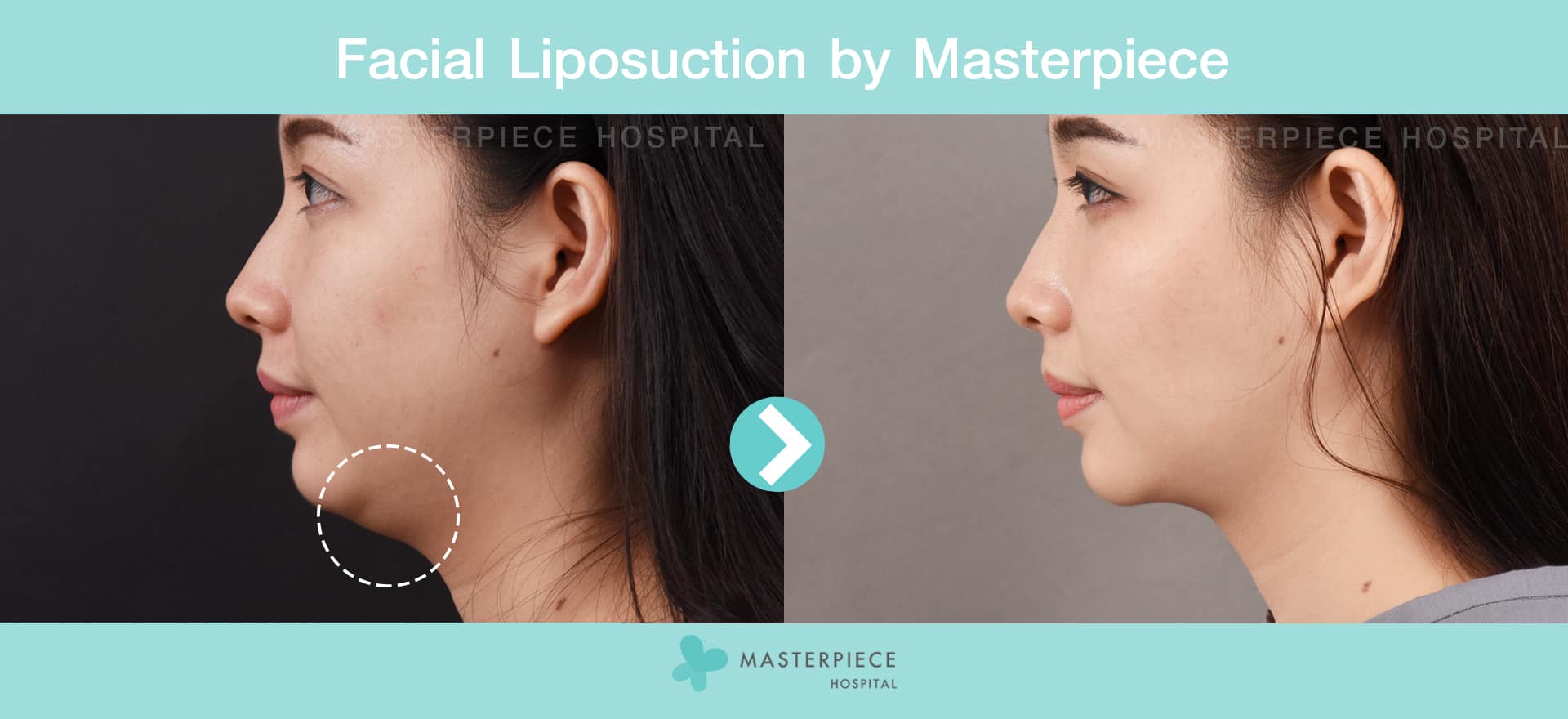
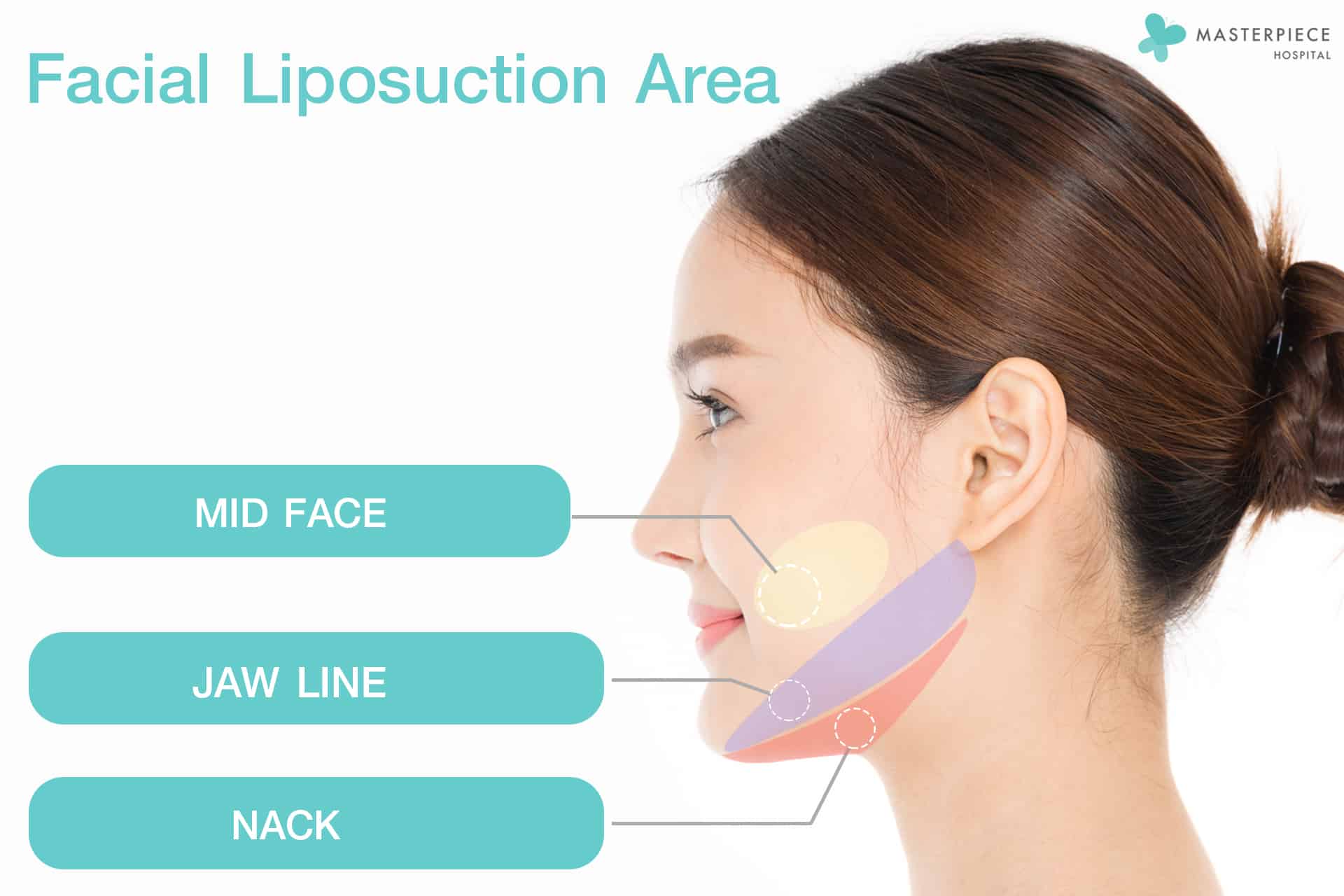
Which area that we should do facial liposuction for making V shape?
Around lower part of face such as Lower face, Jaw lines, double chin. For do the operation patients need to consultation with doctor as a person
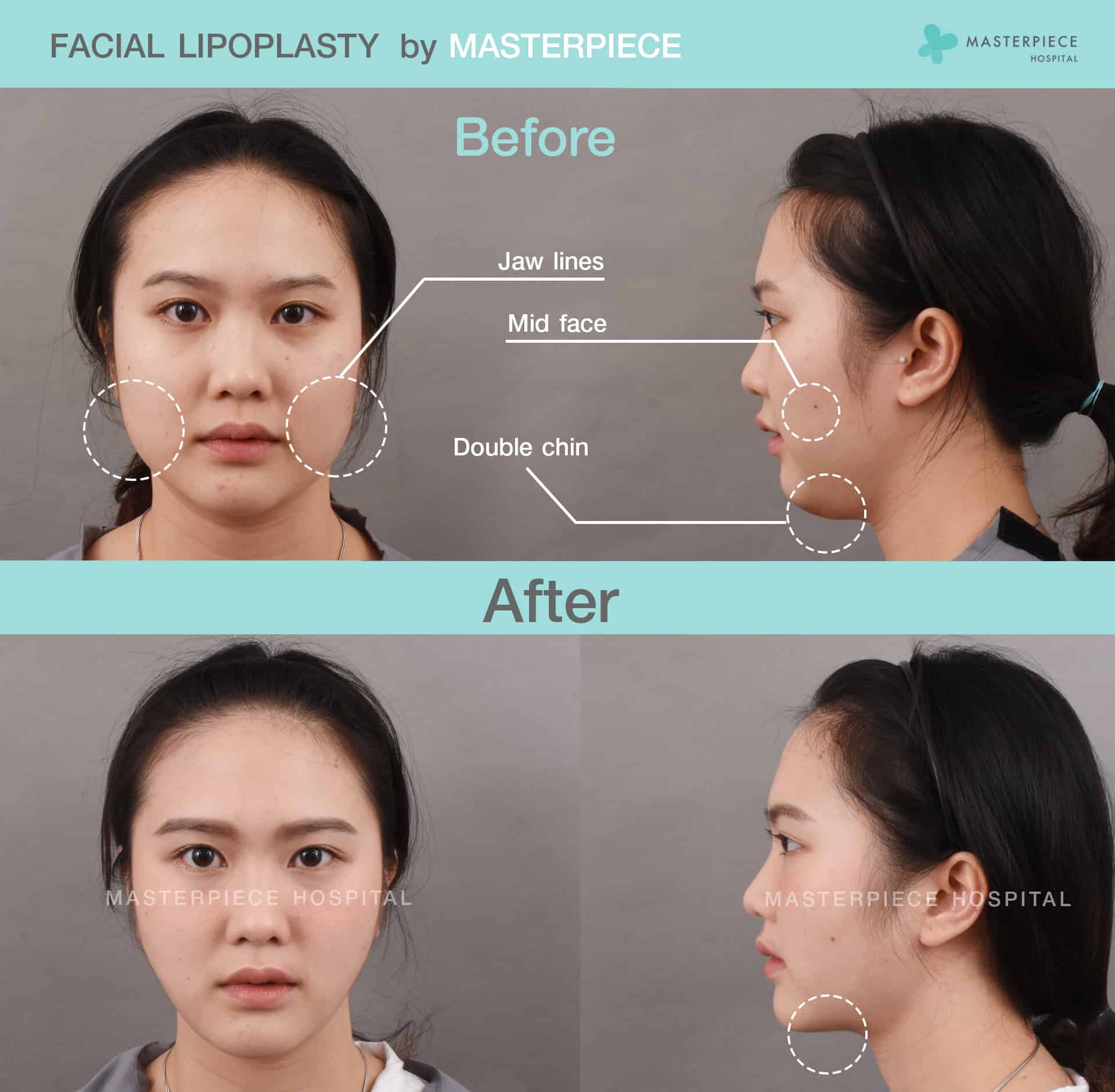

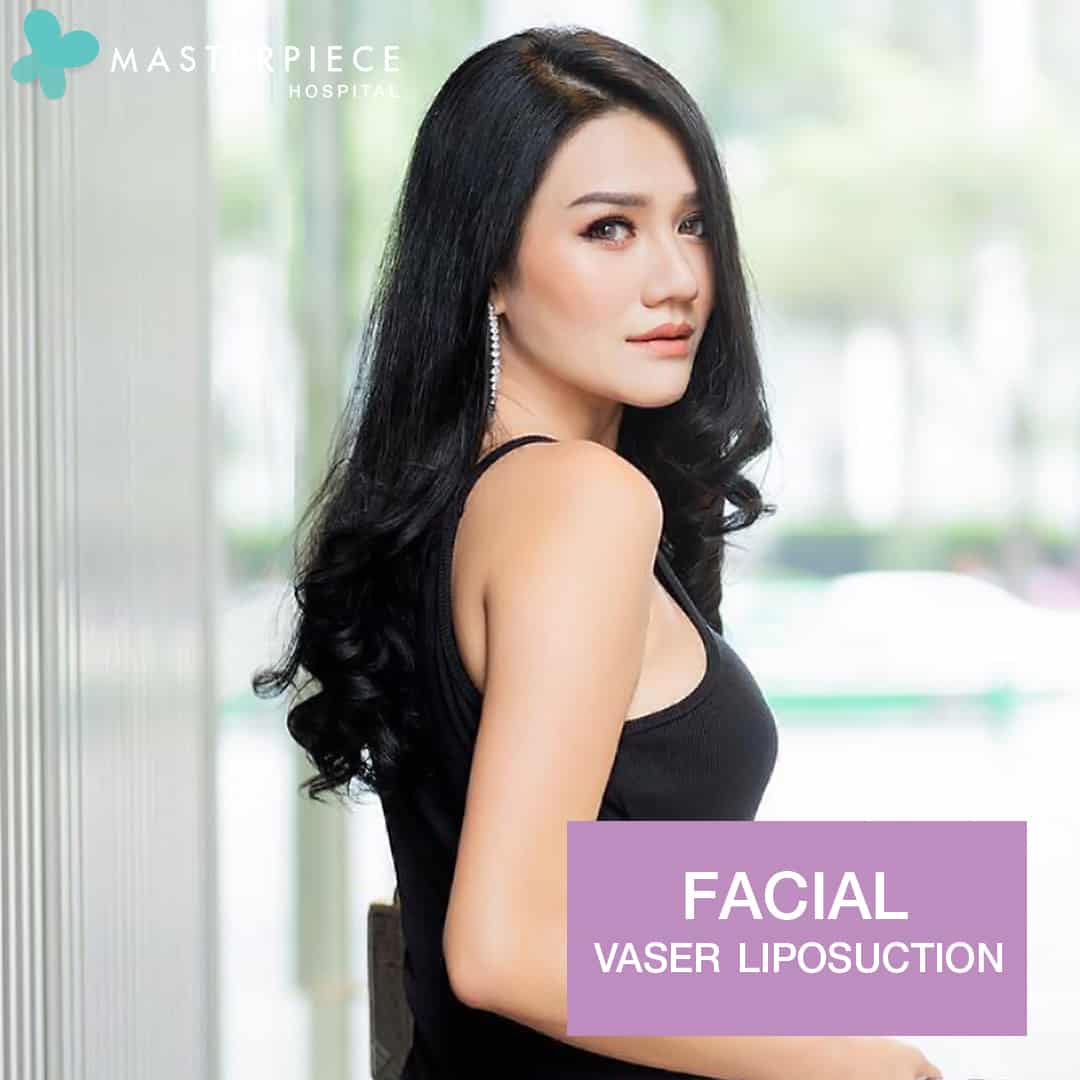
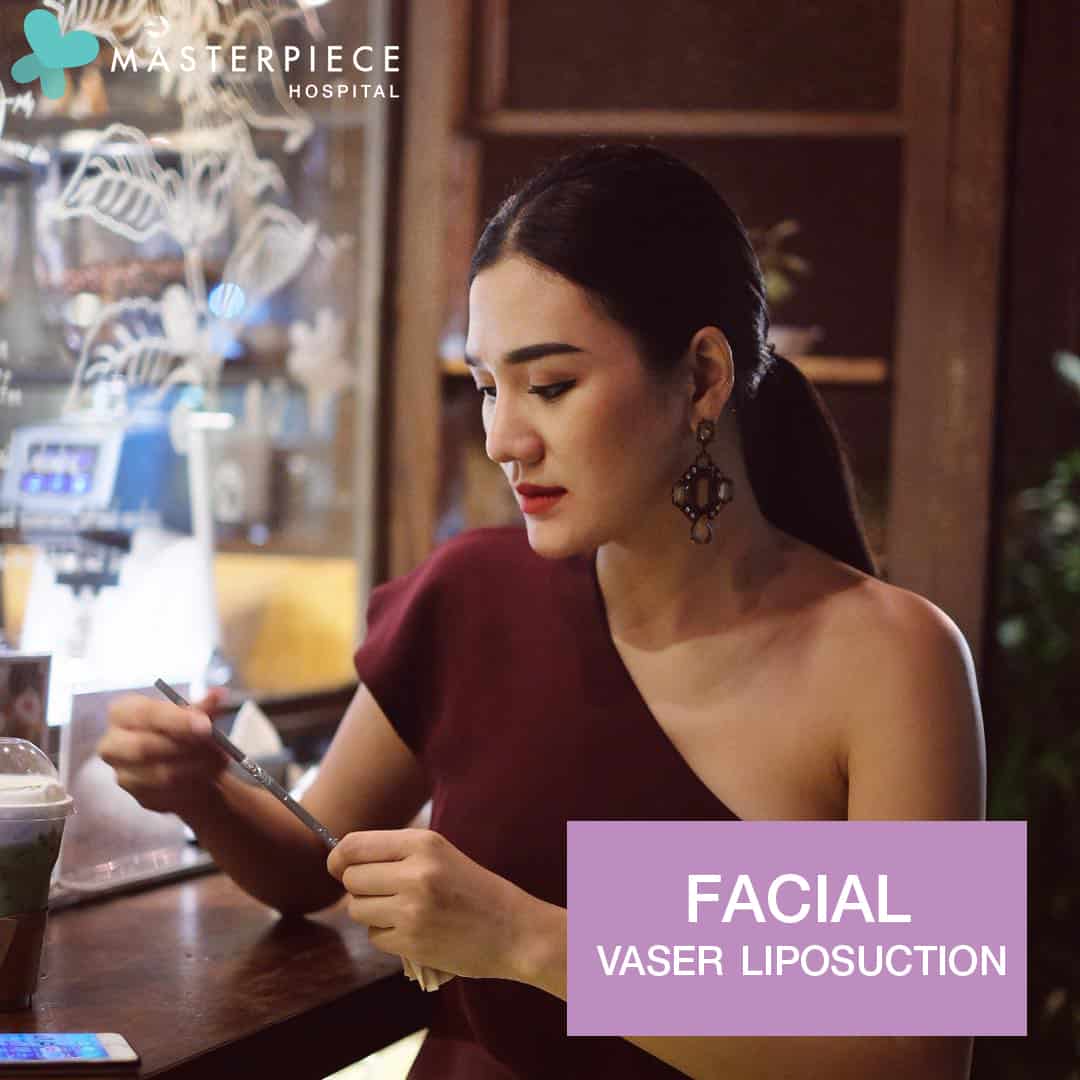
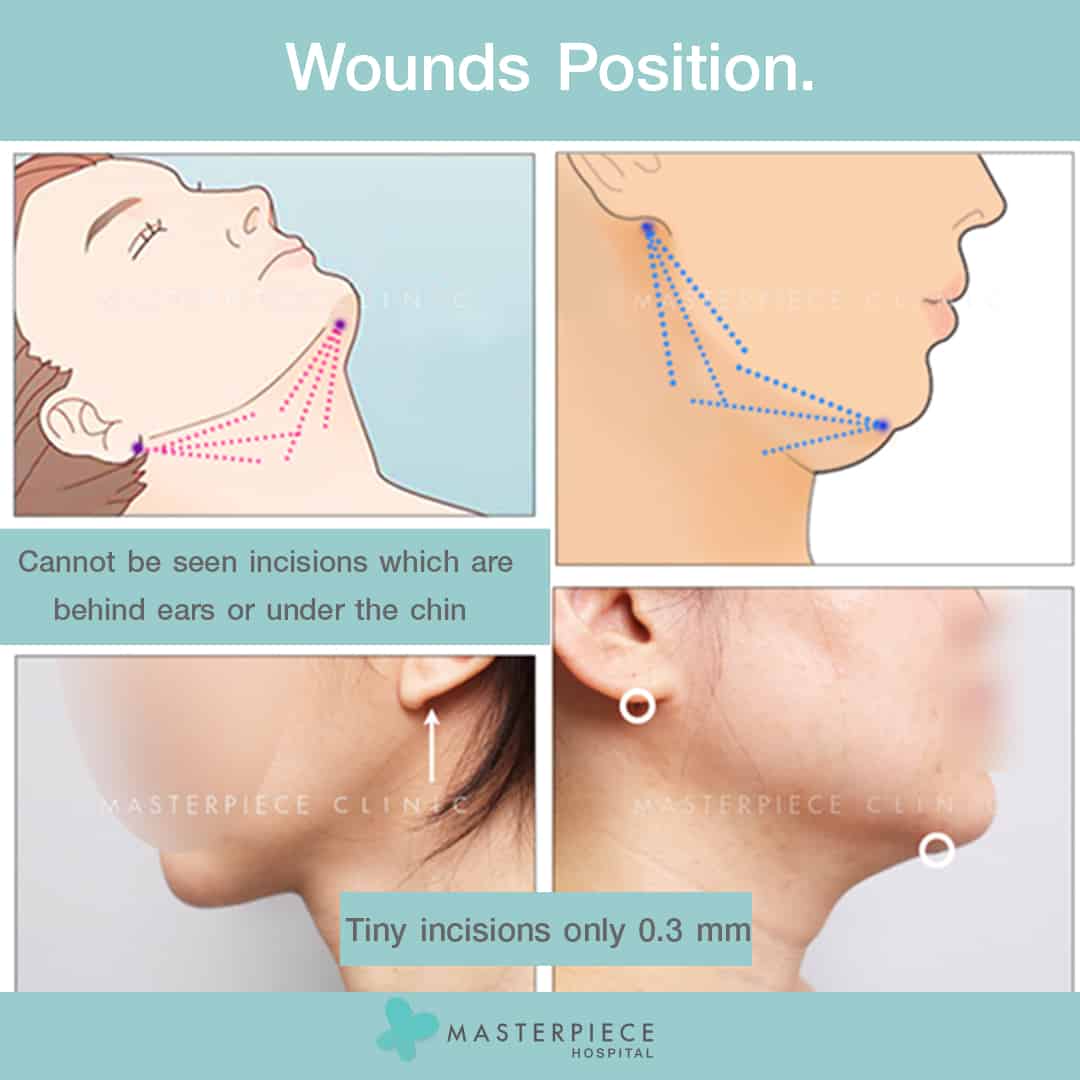
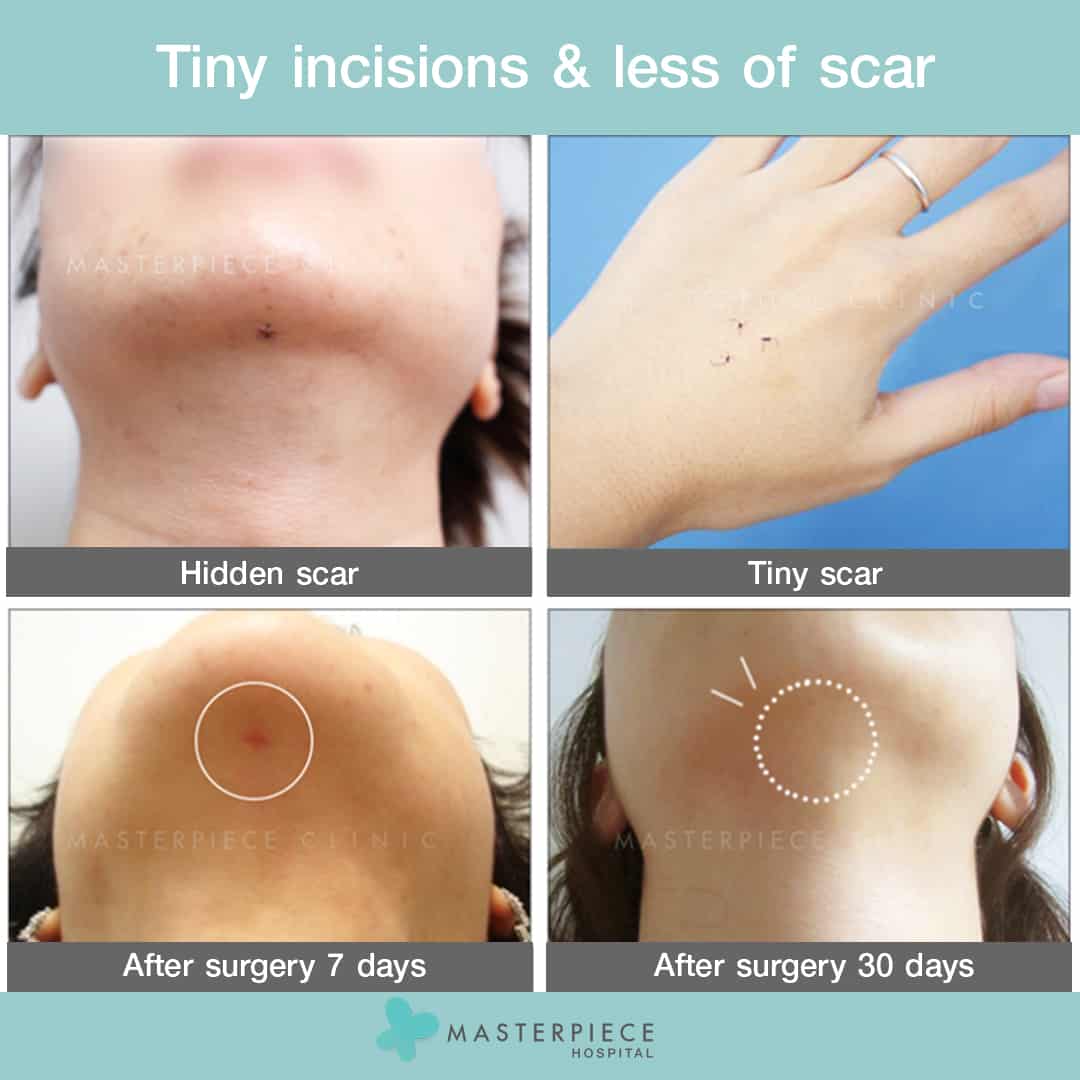
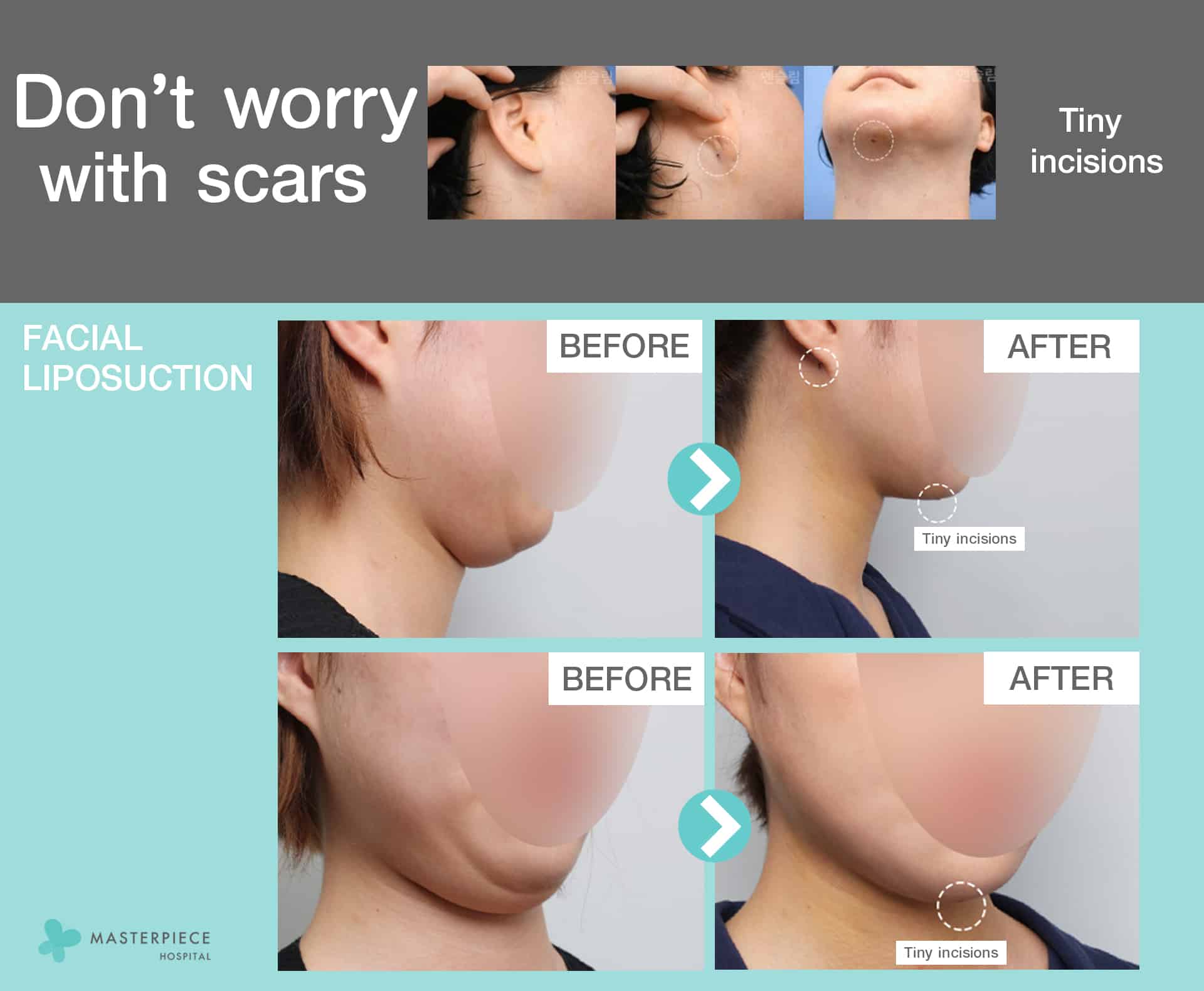
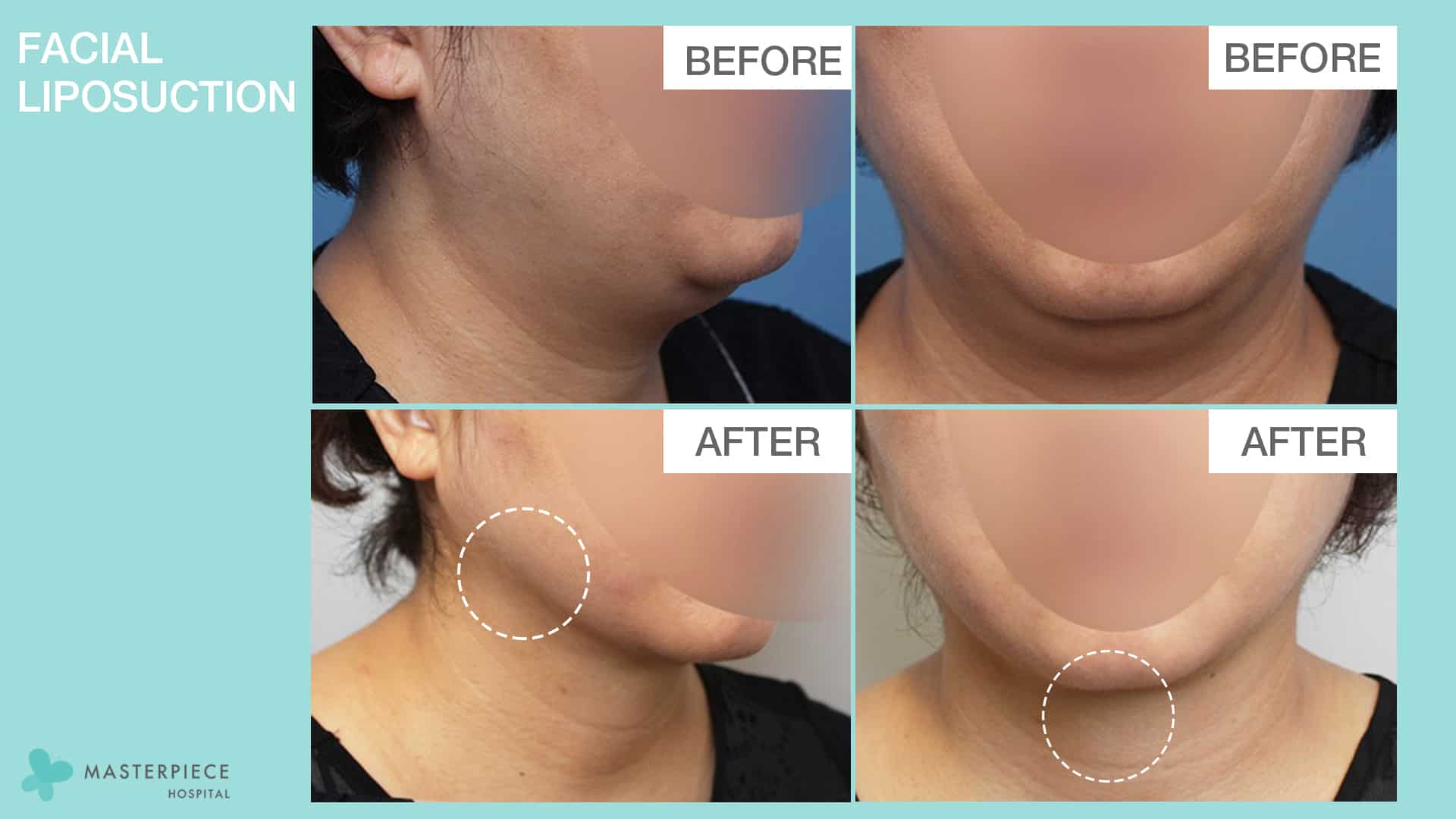
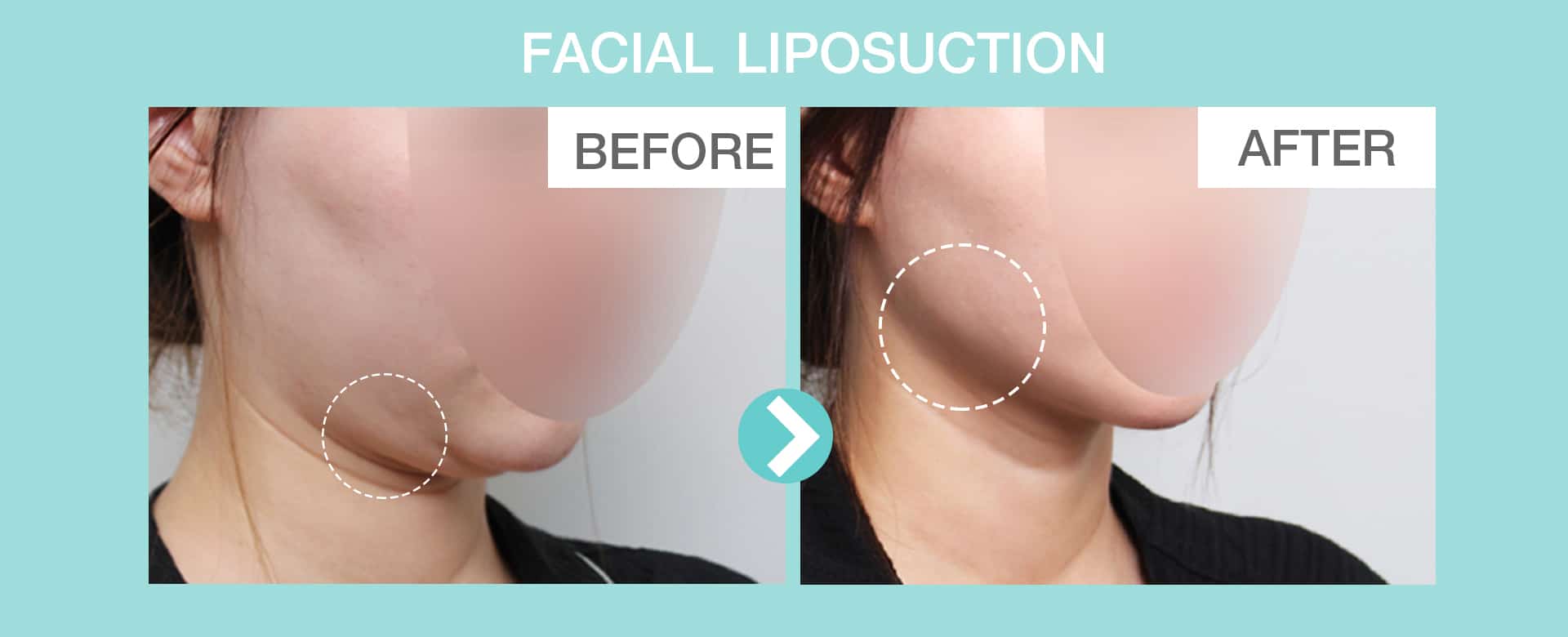
Like all liposuction procedures, face liposuction will usually require a compression garment (especially the under chin area) which should be worn round the clock for at least 1 week following surgery. The compression garment facilitates better skin attachment and minimizes chances of fluid build-up. While the surgery is pretty minor, a certain amount of swelling for the first 2-3 days is to be expected so patients may actually look bigger than before surgery. It will take 1-2 weeks for most of the swelling to subside and at least 2-6 months for the full result to settle.


